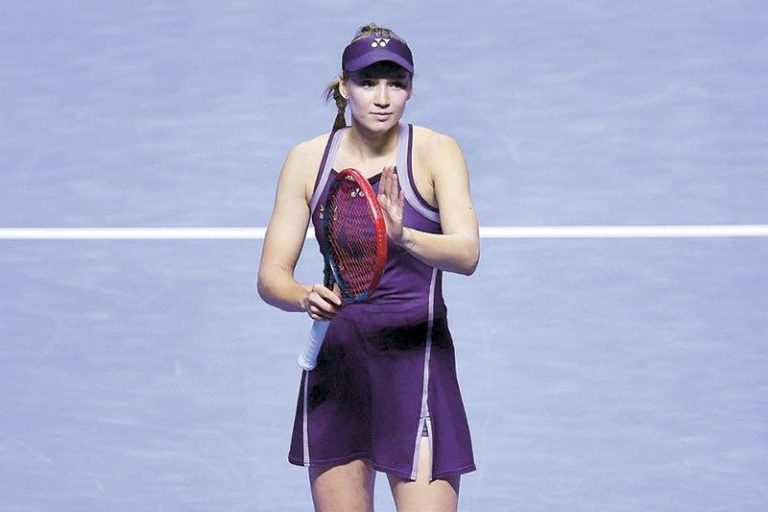
1. Early Development
The historical performance of modern sports reflects an evolution of strategy, athleticism, and cultural integration over decades. In the early 20th century, most athletic competitions were dominated by raw physical ability, with limited emphasis on structured tactics or data-driven preparation. Sports served primarily as recreational and nationalistic expressions, where endurance and strength were the core attributes.
Over time, as international competitions expanded and professional leagues were formed, the focus shifted toward systematic training and scientific optimization. This period marked the transformation of sport from an activity of natural talent to a discipline requiring long-term planning, skill specialization, and mental precision. Teams and individuals began tracking their performance data, marking the birth of analytical sports science.
2. Rise of Competitive Systems
From the mid-1900s onward, the institutionalization of global tournaments—such as the Olympic Games, World Cups, and regional championships—introduced a structured framework for measuring historical performance. Nations invested in facilities, coaching academies, and athlete development programs to enhance their medal counts and international prestige.
Sports like football, basketball, athletics, tennis, and golf became global industries. Performance records began to reflect not only athletic excellence but also social and economic progress. The concept of “legacy teams” and “dynasties” emerged as clubs or nations maintained dominance over multiple decades through talent pipelines and superior tactical understanding.
3. Evolution of Playing Styles
Performance history also mirrors the evolution of playing philosophies. In team sports, styles transitioned from rigid positional systems to fluid, dynamic patterns emphasizing versatility.
- 1950s–1970s: Dominance was achieved through physical intensity and formation discipline.
- 1980s–1990s: The emphasis moved toward creativity, spatial manipulation, and technical proficiency.
- 2000s–present: Data analytics, sports science, and biomechanical optimization revolutionized performance standards, leading to faster pace, higher precision, and tactical complexity.
Athletes are now measured not only by outcomes but by their efficiency — passing accuracy, movement heatmaps, recovery rate, and impact per minute all form part of the historical dataset that defines modern greatness.
4. The Age of Professionalization
With professional leagues expanding globally, performance analysis became institutionalized. Clubs established departments dedicated to video analytics, nutrition, and psychological conditioning. Historical records began to track not only wins and losses but also tactical innovation and consistency.
Professional athletes became year-round competitors rather than seasonal performers. Advances in strength training, injury prevention, and sports medicine extended careers and allowed for sustained excellence. Teams with historical success often shared similar characteristics — stable management, tactical identity, player continuity, and adaptive leadership. These patterns became the benchmarks of sustained performance excellence.
5. Technological Transformation
The digital era fundamentally changed how performance is recorded and studied. High-speed cameras, wearable sensors, and GPS tracking have produced comprehensive datasets covering every movement on the field. Historical comparisons now rely on measurable evidence rather than subjective judgment.
Coaches can reconstruct entire matches from a tactical perspective, identify performance peaks, and project potential decline through predictive modeling. This scientific integration has allowed athletes to break long-standing records and redefine what is physically possible. The result is a new era where human achievement is intertwined with technological precision.
6. National and Club-Level Legacy
At the national level, the performance trajectory of countries demonstrates the impact of strategic investment in sports infrastructure. Nations with structured youth academies, competitive domestic leagues, and long-term vision consistently rank higher in global competitions.
Clubs and franchises with historical continuity—those that build institutional cultures around excellence—show superior resilience in transitional phases. Their success is not accidental but the outcome of a refined system where knowledge, culture, and ambition align. Over time, historical records reveal cycles of dominance, resurgence, and decline, reflecting the natural rhythm of competition and adaptation.
7. Individual Greatness and Records
Throughout history, individual athletes have defined eras through exceptional performance. Their consistency, versatility, and capacity to adapt to changing competitive environments have set benchmarks for future generations.
Greatness is no longer defined solely by titles but by sustained excellence across contexts — different coaches, teammates, and tactical systems. The best athletes exhibit resilience during adversity, mental strength under pressure, and the ability to innovate their style to stay ahead of evolving opposition. Historical performance studies often highlight how these individuals transform their sports both statistically and culturally.
8. Influence of Strategy and Mentality
Performance over time has proven that strategy and mindset are as critical as physical attributes. Teams with well-defined tactical frameworks outperform those relying solely on talent. Similarly, athletes who master psychological discipline sustain higher performance levels over extended careers.
The shift toward mental conditioning, cognitive decision-making, and situational awareness has elevated overall standards. In contemporary sport, preparation involves as much attention to emotional control and focus as to physical drills or tactical rehearsals. This mental evolution has redefined how historical performance is evaluated.
9. Modern Era and Globalization
In the modern age, globalization has unified talent, tactics, and innovation across continents. International collaboration among coaches, trainers, and analysts has compressed performance gaps between nations. Historical dominance by a few powers has given way to a more competitive global landscape where emerging programs can rapidly ascend through scientific preparation and data-driven strategy.
The result is an unprecedented level of parity and unpredictability in outcomes — a sign that sports have matured into both an art and a science. Performance history is no longer linear; it evolves dynamically with every breakthrough in knowledge, technology, and human understanding.
10. Future Outlook
Looking ahead, the history of sports performance is entering an era of precision. Artificial intelligence, machine learning, and biomechanical modeling will soon predict optimal strategies and tailor individualized training programs.
Athletes will achieve record-breaking performance through real-time feedback loops, while organizations will use predictive analytics to refine recruitment, injury prevention, and game management.
However, amidst this technological evolution, the human element remains central — passion, creativity, and instinct continue to shape results in ways data cannot fully explain. The next chapters of sports history will blend human intuition with algorithmic insight, ensuring that performance remains both measurable and deeply inspirational.
11. Conclusion
The historical performance of sports is a narrative of progress — from amateur passion to professional precision, from instinctive play to data-informed mastery. Each generation of athletes builds upon the lessons of the past, raising the standards for the next.
What began as a contest of endurance and strength has evolved into a complex ecosystem of strategy, intelligence, and innovation. The trajectory of sports history reminds us that performance is not merely about winning; it is the constant pursuit of excellence, shaped by discipline, adaptation, and the unending desire to redefine what is possible.





